Does Tax Deductibility Really Motivate Giving?
As you are in the midst of preparing for your fall 2019 communications, we wanted to share some results with you that will help you plan for this calendar year-end . . .
The 2017 Tax Cuts and Jobs Act dramatically increased the standard deduction. Now, many of the people who make up the broad base of support for organizations may no longer be itemizing. Instead, they simply take the standard deduction. This raises a concern: if supporters no longer see a tax benefit to their giving, it’s possible that nonprofit organizations will see a decline in the number of contributions they receive at calendar year-end.
But how much of an underlying motivation is tax deductibility, really? Last December, many of the organizations that we partner with executed a test to find out.
Taking the calendar year-end appeal, we created test versions to determine the impact of the “tax-deductible” language. In one version, the letter only referenced a year-end deadline, while in another version, the idea of a “tax-deductible” gift was included as well.
On reading the letter, the difference between the two versions was subtle—but the results were telling. Across the board, the response to both versions were virtually the same. While the difference was not statistically significant, in many cases the average gift was actually suppressed in the version where the “tax-deductible” language was included.
That tells us something. The act of giving is an emotional response, and particularly in taking action in response to an appeal—where the main competition is inactivity, simply doing nothing. Reminding the reader of tax deductibility may actually get in the way of their generous response.
This fall, consider using simplified messaging that communicates the essential impact of the supporter’s financial contribution, without worrying about the reference to tax deductibility while still maintaining a strong call to action by December 31.
Related articles
-

More Than Just Work
As a young Christian professional navigating the conundrum of aligning my beliefs into a purposeful career, I’ve been blessed to…
-

What to Think of Artificial Intelligence and Its Impact on Fundraising . . .
In trying to summon an image to represent our theme for this issue of Donor Focus, I found myself drawn…
-

Fundraising Meets Artificial Intelligence
In this article, we’ll explore the captivating realm of AI-powered fundraising efforts—the boundless benefits and intriguing challenges that arise when…






